Using Data Historian in Assets
Integrating Data Historian with Assets in GENESIS allows you to harness the power of both tools—Data Historian for high-speed data logging and retrieval, and Assets for organizing and visualizing assets linked to real-time or historical data. This combination provides a robust platform for monitoring, managing, and analyzing asset performance over time.
The key objectives of integrating Data Historian with Assets are:
- Use Data Historian to log historical data from assets managed in Assets.
- Retrieve and display historical data in real-time visualization systems (like GraphWorX) using the asset model defined in Assets.
- Enable long-term storage and trend analysis of the asset data for predictive maintenance, KPI tracking, or performance optimization.
The Data Historian integration with Assets applies to the following areas:
- Historical tags: Configures a Data Historian history tag for data collection and logging in Assets and automatically maps it to an asset equipment property.
- Historical calculations: Configures a Data Historian calculated tag for evaluation and logging in Assets and automatically maps it to an asset equipment property.
- Historical aggregates: Configures a Data Historian data aggregate for data aggregate computation and logging in Assets and automatically maps it to an asset equipment property.
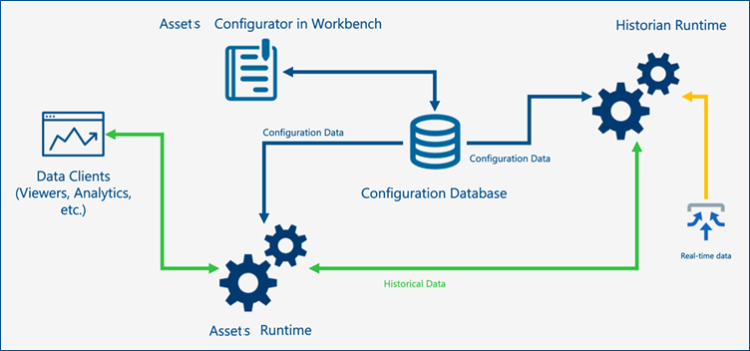
To use the Data Historian-to-Assets integration feature, you need to have the configurations of Assets, Data Historian, and Data Historian Asset Integration in the same configuration database.
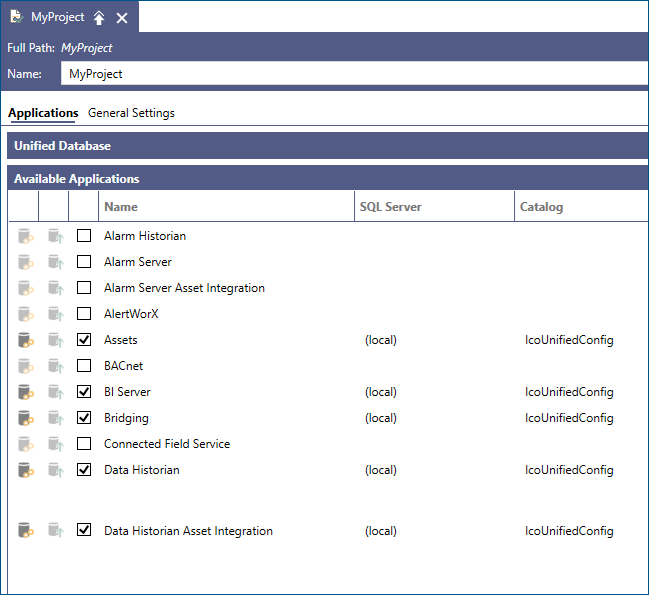
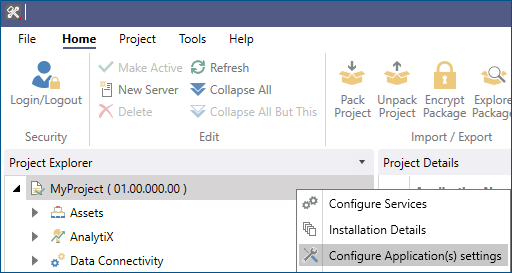
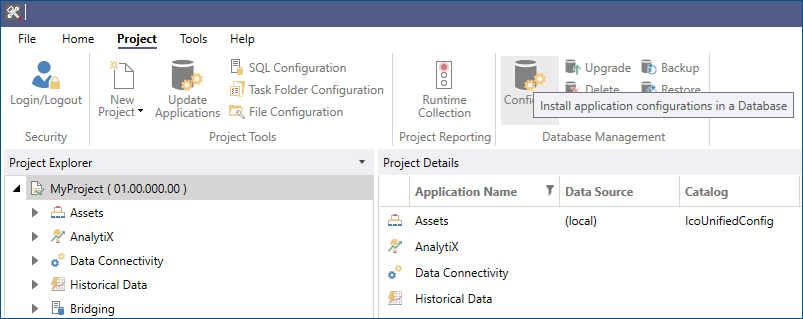
You must select the Data Historian Asset Integration feature to ensure that all the required configuration settings are inserted into your application's configuration database to fully enable this feature.
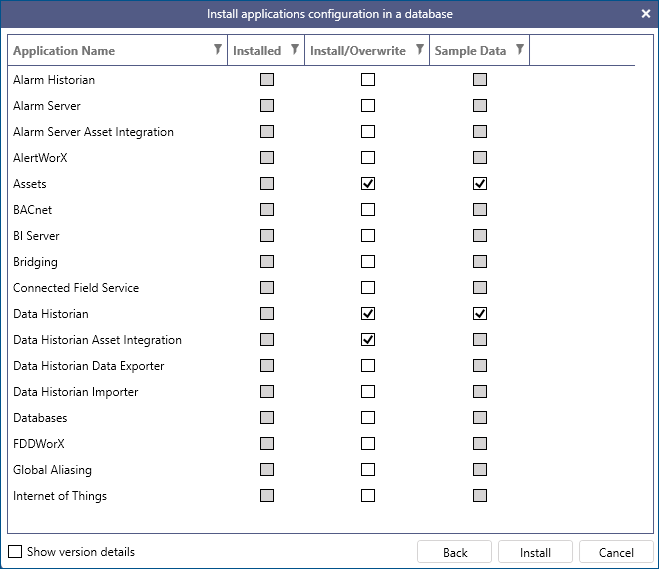
Example Use Case for Data Historian and Assets Integration
A use case for integrating Data Historian into Assets is condition monitoring for industrial equipment.
- Assets models a manufacturing plant with various machines (assets).
- Data Historian logs historical data such as temperature, vibration levels, and energy consumption from sensors attached to the machines.
- Trend Viewer shows real-time sensor data, while also pulling historical performance data from Data Historian.
- By analyzing historical trends, operators can detect anomalies like increasing vibration levels, which might indicate a need for maintenance.
- Alarm Server generates alarms if historical data shows that vibration has consistently exceeded safe thresholds for more than a week.
Benefits of Data Historian and Assets Integration
- Holistic asset management: Combines real-time and historical data for better decision-making.
- Predictive maintenance: Uses historical data to predict equipment failures and optimize maintenance schedules.
- Enhanced visualization: Provides operators and managers with real-time views alongside historical data trends to improve monitoring and diagnostics.
- Data-driven insights: Enable deeper analysis through historical data retrieval, improving operational efficiency, and reducing downtime.
- Reduced configuration and application deployment times: Configuring Data Historian through Assets allows you to leverage the use of equipment classes in Assets to quickly prototype asset structures and historical data logging.
This integration provides a powerful solution for enterprises looking to optimize asset management and performance using real-time monitoring combined with historical data analysis. For more information, see Data Historian Overview and Assets Overview. For configuration details, refer to Enabling Logging on an Asset.